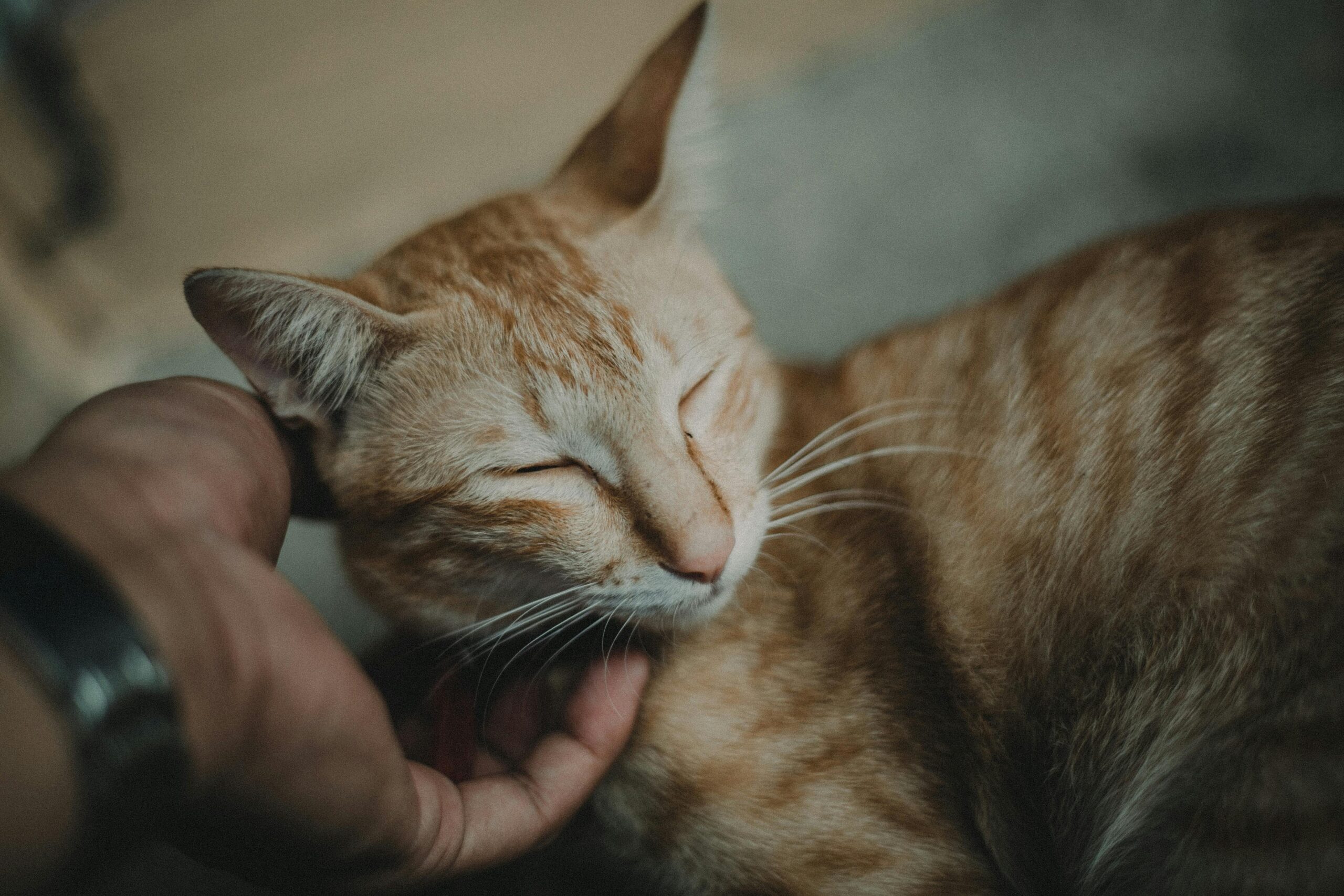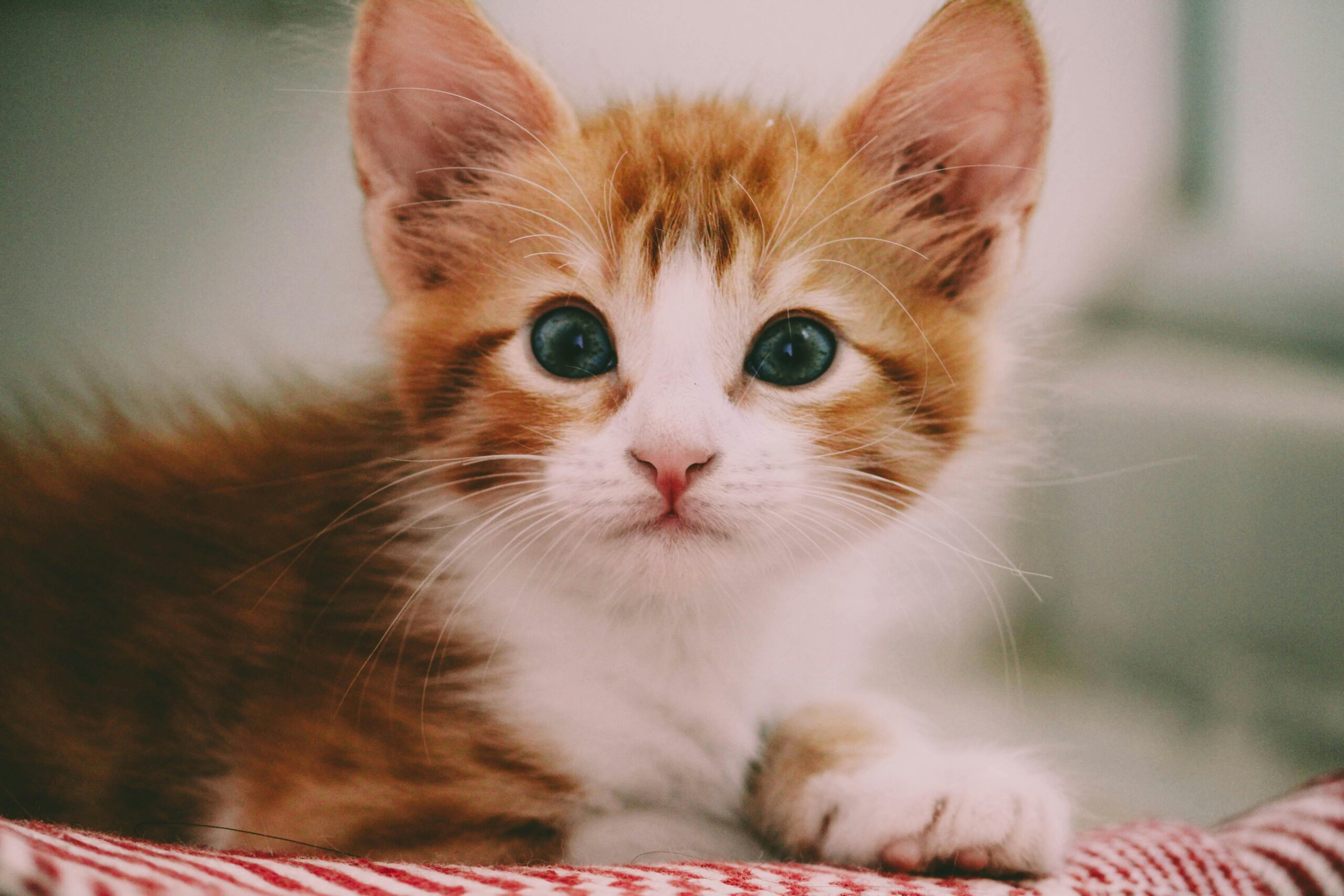Adult cats are graceful, intelligent, and independent creatures, but that doesn’t mean they don’t have specific needs. As your feline transitions from playful kittenhood into adulthood, their physical, emotional, and social requirements shift. Understanding these changes is essential to providing the best possible care for your cat and ensuring they live a long, healthy, and happy life.
In this comprehensive guide, we explore all aspects of adult cat care: from nutrition and health to behavior and mental stimulation. Whether you’re a seasoned cat owner or a first-time adopter of an adult feline, this article will help you better understand your cat’s world.
What Is an “Adult” Cat?
Cats are generally considered “adult” between the ages of 1 to 7 years. During this phase, they are typically healthy, active, and emotionally mature. After the age of 7, they are often classified as “senior cats,” with their own unique set of needs.
Here’s a quick breakdown of a cat’s life stages:
- Kitten: 0–12 months
- Young Adult: 1–3 years
- Prime Adult: 4–7 years
- Senior: 8–12 years
- Geriatric: 13+ years
Each life stage brings new challenges, but the adult years are often the easiest and most rewarding for both cats and their caregivers—if their needs are met.
Nutrition: Feeding an Adult Cat
Adult cats require a well-balanced diet that supports their energy levels, immune system, and overall health. Unlike kittens, they don’t need calorie-dense food, and overfeeding can quickly lead to obesity—a leading cause of feline health issues.
Key Nutritional Needs:
- High-quality animal protein (chicken, turkey, fish)
- Moderate fat content for energy
- Taurine, an essential amino acid for heart and eye health
- Omega-3 and Omega-6 fatty acids for skin and coat
- Moisture to support urinary tract health
Wet vs. Dry Food:
- Wet food helps keep cats hydrated and is often more palatable.
- Dry food is convenient and helps reduce plaque buildup.
A mixed feeding routine (wet in the morning, dry in the evening, for example) can offer the benefits of both.
Feeding Tips:
- Stick to a regular feeding schedule (2x a day is standard).
- Measure portions to prevent overeating.
- Avoid free-feeding unless recommended by your vet.
- Fresh water should be available at all times.
Veterinary Care and Preventive Health
Even if your adult cat appears healthy, annual vet visits are a must.
Recommended Veterinary Care:
- Annual physical exams to check for early signs of disease
- Vaccination boosters, such as:
- FVRCP (feline distemper combo)
- Rabies
- FeLV (if your cat goes outdoors)
- Dental check-ups and cleanings
- Parasite prevention: Fleas, ticks, and worms
Cats are excellent at hiding discomfort, so subtle signs like weight loss, increased drinking, or changes in grooming may be your only clue something is wrong.
At-Home Monitoring:
- Check teeth and gums for tartar or redness
- Monitor litter box habits
- Watch for changes in eating or sleeping behavior
Early detection is key to treating most feline illnesses.
Mental and Physical Stimulation
Despite their reputation for lounging, adult cats need mental and physical stimulation to stay healthy and avoid boredom.
Signs of a Bored Cat:
- Overeating or under-eating
- Destructive behavior (scratching furniture)
- Excessive meowing
- Lethargy or depression
Ways to Keep Your Cat Stimulated:
- Daily play sessions (laser pointers, wand toys, balls)
- Cat trees, shelves, or window perches for climbing and lounging
- Interactive puzzle feeders
- Bird-watching stations near a window
- New toys rotated regularly to keep things exciting
Mental stimulation not only prevents destructive behavior—it also strengthens the bond between you and your cat.
Grooming and Hygiene
Grooming isn’t just for long-haired breeds. Regular grooming helps maintain coat health, reduce hairballs, and gives you a chance to check for skin issues or parasites.
Grooming Checklist:
- Brush at least once a week (daily for long-haired cats)
- Trim nails every 2–4 weeks
- Clean ears as needed with a vet-approved solution
- Check teeth and brush with cat-safe toothpaste
- Monitor for fleas/ticks, especially in outdoor cats
While cats are excellent self-groomers, they still benefit greatly from your assistance—especially as they age.
Emotional and Social Needs
Adult cats often get labeled as aloof or solitary, but the truth is—they crave affection and routine.
How to Support Your Cat Emotionally:
- Offer predictable routines for feeding, play, and sleep
- Respect their boundaries (don’t force interaction)
- Provide safe spaces to hide and rest
- Use pheromone diffusers (like Feliway) in multi-cat or high-stress households
- Talk to and gently pet your cat to build trust
Some cats are more social than others. Take time to learn your cat’s personality and respect their unique preferences.
Litter Box Maintenance
Cleanliness is critical for your cat’s comfort and health.
Litter Box Best Practices:
- Scoop daily
- Change litter entirely at least once a week
- Wash the box with unscented soap and hot water regularly
- Place the box in a quiet, accessible location
- Have one litter box per cat + one extra (especially in multi-cat households)
Avoid scented litters, which can be irritating. If your cat suddenly stops using the litter box, rule out medical issues first.
Environment and Territory
Cats are territorial by nature. A well-structured home environment is essential for their well-being.
Must-Have Features in a Cat-Friendly Home:
- Vertical spaces (shelves, cat trees)
- Scratching posts or pads
- Hiding spots (cat cubes, closets, under beds)
- Quiet zones for alone time
- Interactive areas for play and bonding
If your cat goes outdoors, consider building a catio or using a harness and leash for safe outdoor exploration.
Understanding Adult Cat Behavior
Adult cats exhibit a wide range of behaviors based on their personality, past experiences, and environment. Understanding what’s normal for your cat is the key to identifying problems early.
Common Adult Cat Behaviors:
- Scratching: To mark territory and maintain claws
- Kneading: A sign of comfort and contentment
- Purring: Usually means happiness, but can also indicate pain
- Hiding: Normal in stressful situations but may signal anxiety if frequent
- Zoomies: Sudden bursts of energy, especially in the evening
Recognizing your cat’s “baseline” behavior helps you know when something’s off.
Be the Guardian They Deserve
Caring for an adult cat is a beautiful, mutually rewarding relationship. These years offer the stability of routine, the joy of companionship, and the comfort of unconditional love.
By focusing on nutrition, health care, mental stimulation, emotional well-being, and environment, you can give your cat the fulfilling, comfortable life they deserve.
A little understanding goes a long way—because when you meet their needs, your cat will thrive.


